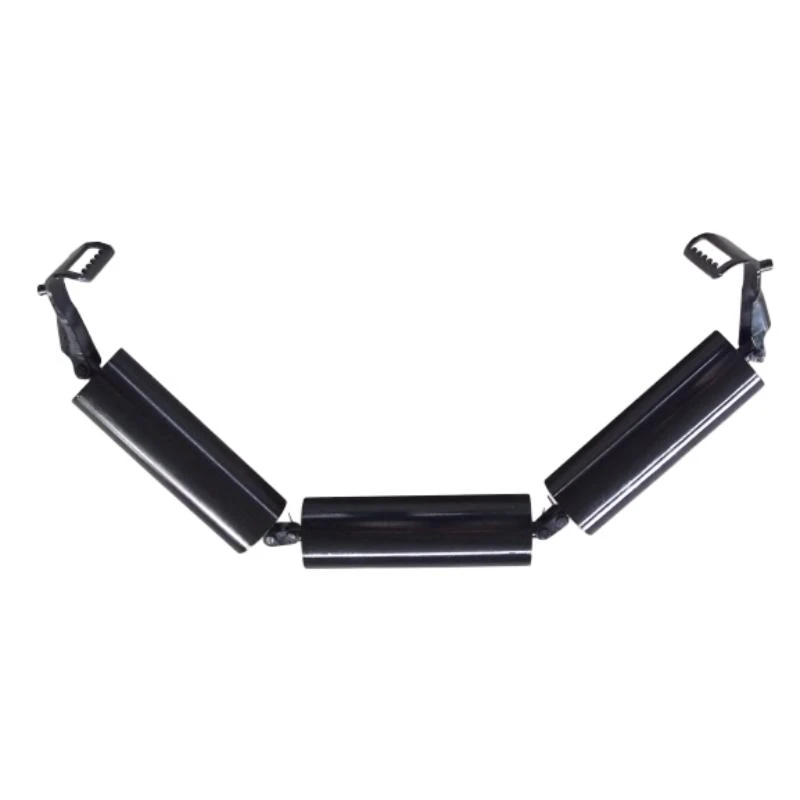 Afrikaans
Afrikaans  Albanian
Albanian  Amharic
Amharic  Arabic
Arabic  Armenian
Armenian  Azerbaijani
Azerbaijani  Basque
Basque  Belarusian
Belarusian  Bengali
Bengali  Bosnian
Bosnian  Bulgarian
Bulgarian  Catalan
Catalan  Cebuano
Cebuano  Corsican
Corsican  Croatian
Croatian  Czech
Czech  Danish
Danish  Dutch
Dutch  English
English  Esperanto
Esperanto  Estonian
Estonian  Finnish
Finnish  French
French  Frisian
Frisian  Galician
Galician  Georgian
Georgian  German
German  Greek
Greek  Gujarati
Gujarati  Haitian Creole
Haitian Creole  hausa
hausa  hawaiian
hawaiian  Hebrew
Hebrew  Hindi
Hindi  Miao
Miao  Hungarian
Hungarian  Icelandic
Icelandic  igbo
igbo  Indonesian
Indonesian  irish
irish  Italian
Italian  Japanese
Japanese  Javanese
Javanese  Kannada
Kannada  kazakh
kazakh  Khmer
Khmer  Rwandese
Rwandese  Korean
Korean  Kurdish
Kurdish  Kyrgyz
Kyrgyz  Lao
Lao  Latin
Latin  Latvian
Latvian  Lithuanian
Lithuanian  Luxembourgish
Luxembourgish  Macedonian
Macedonian  Malgashi
Malgashi  Malay
Malay  Malayalam
Malayalam  Maltese
Maltese  Maori
Maori  Marathi
Marathi  Mongolian
Mongolian  Myanmar
Myanmar  Nepali
Nepali  Norwegian
Norwegian  Norwegian
Norwegian  Occitan
Occitan  Pashto
Pashto  Persian
Persian  Polish
Polish  Portuguese
Portuguese  Punjabi
Punjabi  Romanian
Romanian  Russian
Russian  Samoan
Samoan  Scottish Gaelic
Scottish Gaelic  Serbian
Serbian  Sesotho
Sesotho  Shona
Shona  Sindhi
Sindhi  Sinhala
Sinhala  Slovak
Slovak  Slovenian
Slovenian  Somali
Somali  Spanish
Spanish  Sundanese
Sundanese  Swahili
Swahili  Swedish
Swedish  Tagalog
Tagalog  Tajik
Tajik  Tamil
Tamil  Tatar
Tatar  Telugu
Telugu  Thai
Thai  Turkish
Turkish  Turkmen
Turkmen  Ukrainian
Ukrainian  Urdu
Urdu  Uighur
Uighur  Uzbek
Uzbek  Vietnamese
Vietnamese  Welsh
Welsh  Bantu
Bantu  Yiddish
Yiddish  Yoruba
Yoruba  Zulu
Zulu Drum Pulley Solutions for Efficient Conveyor Belt Operation and Performance
Understanding Drum Pulleys for Conveyor Belts
In the world of material handling, conveyor systems play a vital role in ensuring efficiency and productivity across various industries. At the core of these systems is the conveyor belt, and one of its key components is the drum pulley. This article delves into the significance, types, and functionality of drum pulleys in conveyor belt systems.
What is a Drum Pulley?
A drum pulley is a cylindrical device that acts as a support and drive mechanism for conveyor belts. It is designed to control the movement of the belt, directing it through the conveyor system while providing the necessary tension and support needed for efficient transportation of materials. The drum pulley is typically located at the ends of a conveyor system, with one end usually connected to a motor that facilitates the belt’s movement.
Types of Drum Pulleys
Drum pulleys come in several variations, each tailored for specific applications and environments. The most common types include
1. Drive Pulleys These are located at the discharge end of the conveyor and are connected to a motor. They provide the necessary drive force to move the belt and transport materials.
2. Tail Pulleys Positioned at the loading end, tail pulleys help guide the belt and maintain its tension. They ensure that the belt runs smoothly without sagging or misalignment.
3. Snub Pulleys These are used to redirect the belt and maintain tension, improving the overall efficiency of the conveyor system.
4. Take-up Pulleys These pulleys adjust the tension of the belt, ensuring that it maintains the right tightness to avoid slippage or wear.
5. Wing Pulleys Designed to reduce material buildup and facilitate self-cleaning, wing pulleys are often used in applications where sticky materials are present.
Functionality of Drum Pulleys
Drum pulleys serve several essential functions in a conveyor system
drum pulley for conveyor belt

- Belt Support They provide the structural support required for the conveyor belt to transport materials effectively, preventing sagging and ensuring a consistent path.
- Tension Management Keeping the belt taut is crucial for efficient operation. Drum pulleys are designed to manage this tension, preventing slip and optimizing the load-bearing capacity of the belt.
- Material Transport With the drive pulley providing the necessary motion, materials can be transported from one location to another with minimal effort, enhancing overall productivity.
- Guidance Pulleys help guide the belt along its designated path, ensuring that it remains aligned and minimizing wear and tear.
Maintenance Considerations
To ensure the longevity and efficiency of drum pulleys, regular maintenance is vital. Here are a few considerations
- Inspection Periodically check for wear, misalignment, or damage to the pulleys and the conveyor belt itself.
- Cleaning Keeping the pulleys free from built-up materials helps maintain effectiveness and prevents unnecessary strain on the motor.
- Lubrication Ensure that bearings are properly lubricated to minimize friction and wear, thereby extending the lifespan of the pulley.
- Tension Adjustment Regularly monitor and adjust the tension to maintain optimal performance and prevent slippage.
Conclusion
In conclusion, drum pulleys are integral components of conveyor belt systems, crucial for efficient material handling. By supporting, driving, and guiding the conveyor belts, they play a pivotal role in ensuring that industries can operate smoothly and effectively. Understanding the types and functionalities of drum pulleys helps in selecting the right components for specific applications, ultimately leading to improved performance and longevity of conveyor systems. Proper maintenance and regular inspections will ensure that drum pulleys continue to function optimally, allowing businesses to maximize their operational efficiency.
-
Trusted Conveyor Solutions from Leading Conveyor Idler Roller ManufacturersNewsJun.27,2025
-
Reliable Return Idler Solutions for Efficient Belt Conveyor SystemsNewsJun.27,2025
-
Precision Conveyor Accessories for Streamlined Material HandlingNewsJun.27,2025
-
High-Quality Belt Conveyor Idler Solutions for Efficient Material HandlingNewsJun.27,2025
-
High-Performance Belt Conveyor Pulleys for Reliable Material HandlingNewsJun.27,2025
-
Enhancing Material Handling EfficiencyNewsJun.27,2025





























